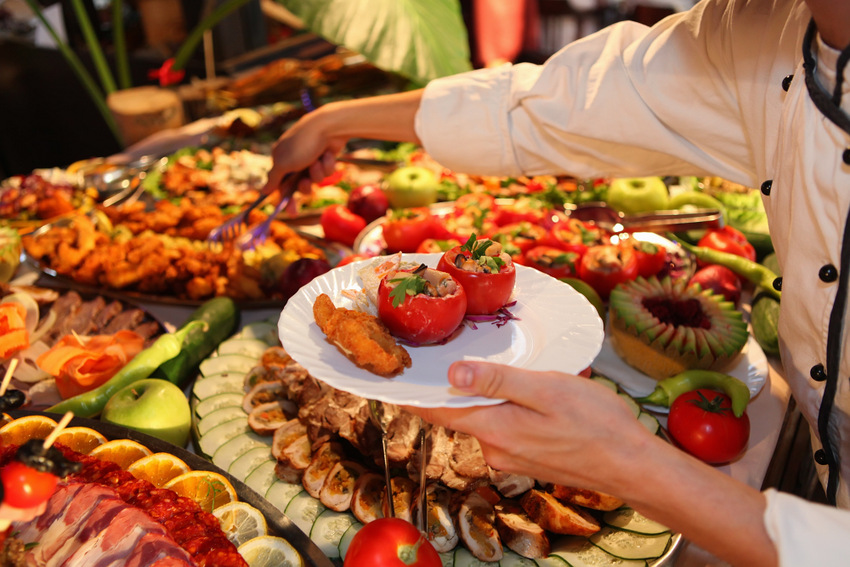Tips for Tips
Business Energy Management
Editor’s note: The following piece and accompanying graphics are re-published with permission from Home Energy Magazine. Behavioral recommendations, or tips, are an integral piece of many energy efficiency programs, ranging from marketing materials (e.g., brochures) to in-home audits, to Home and Business Energy Reports (such as the report shown below). Though information is known to […]

